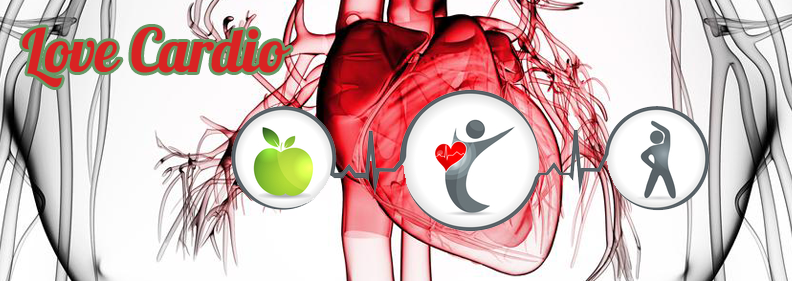What's Cardiovascular Fitness About?

Cardiovascular disease (CVD) is the single most common cause of death in Ireland, while cancers account for the second most common. Whereas modern medical science is still working on the many forms of cancer, the 'cure' for CVD has been known for some time.
Cardiovascular disease is most often associated with increased BMI, smoking, and physical inactivity. People in more active jobs have half the risk of developing CVD as those in sedentary work environments (Berlin & Colditz, 1990). Studies in sports medicine have shown that being physically active is associated with a 40–50% reduction in the risk of CVD (Wannamethee & Shaper, 2001).
Cardiovascular fitness is all about training your heart and lungs to deliver maximum oxygen to your muscles and the ability of the muscles to use that oxygen to fuel movement. It also have the effect of strengthening your heart muscles, improving its pumping efficiency and reducing your resting heart rate overall - known as cardiac conditioning. In fact, there's some compelling evidence (Ornish et. al., 1998) that some CVD can be regressed with prolonged lifestyle change interventions including CV fitness.
To train your heart's ability to optimally deliver oxygen to working muscles, we participate in workouts and exercises that boost our cardiovascular fitness. Our classes which target cardiovascular work specifically include Spinning, Boxercise, PurePlyo, PurePump, and Circuits. Our two popular programmes Spin2Slim and Circuits Bootcamp have significant cardio training features built in. We even have a PureRaw cold-pressed juice, PureStamina that's targeted at cardio fitness - containing beetroot to increase your oxygen uptake - a popular vegetable with cyclists for this very same reason. Some typical cardio-focussed exercises you'll see us doing in Purefit include jumping jacks, burpees (Who doesn't love burpees!), skipping, high knees, mountain climbers, and tuck jumps. You'll notice that in Purefit classes and programmes we often intersperse periods of high cardio intensity with exercises that have less cardio intensity - this approach to cardio workouts is designed to also boost your cardio recovery time.
It seems that many people only start to think about, and work on their cardiovascular health after an ischemic event, a heart attack or stroke. Making a few small adjustments to the way you live now can help you considerably reduce(40-50% remember)the risk of those kind of events, as well as increasing your quality of life overall. I've never heard anyone say, "I wish I never started this fitness thing"
References:
- Berlin JA, Colditz GA. A meta-analysis of physical activity in the prevention of coronary heart disease. Am J Epidemiol 1990;132:612–628
- Wannamethee SG, Shaper AG. Physical activity in the prevention of cardiovascular disease: an epidemiological perspective. Sports Med 2001;31:101–114.
- Ornish D, Scherwitz LW, Billings JH, Gould KL, Merritt TA, Sparler 5, Armstrong WT, Ports TA, Kirkeeide RI.. Hogeboom C. Brand RI. intensive lifestyle changes for reversal of coronary heart disease. JAMA 1998;280:2001-- 2007. Available at: http://www.pmri.org/publications/1761.pdf